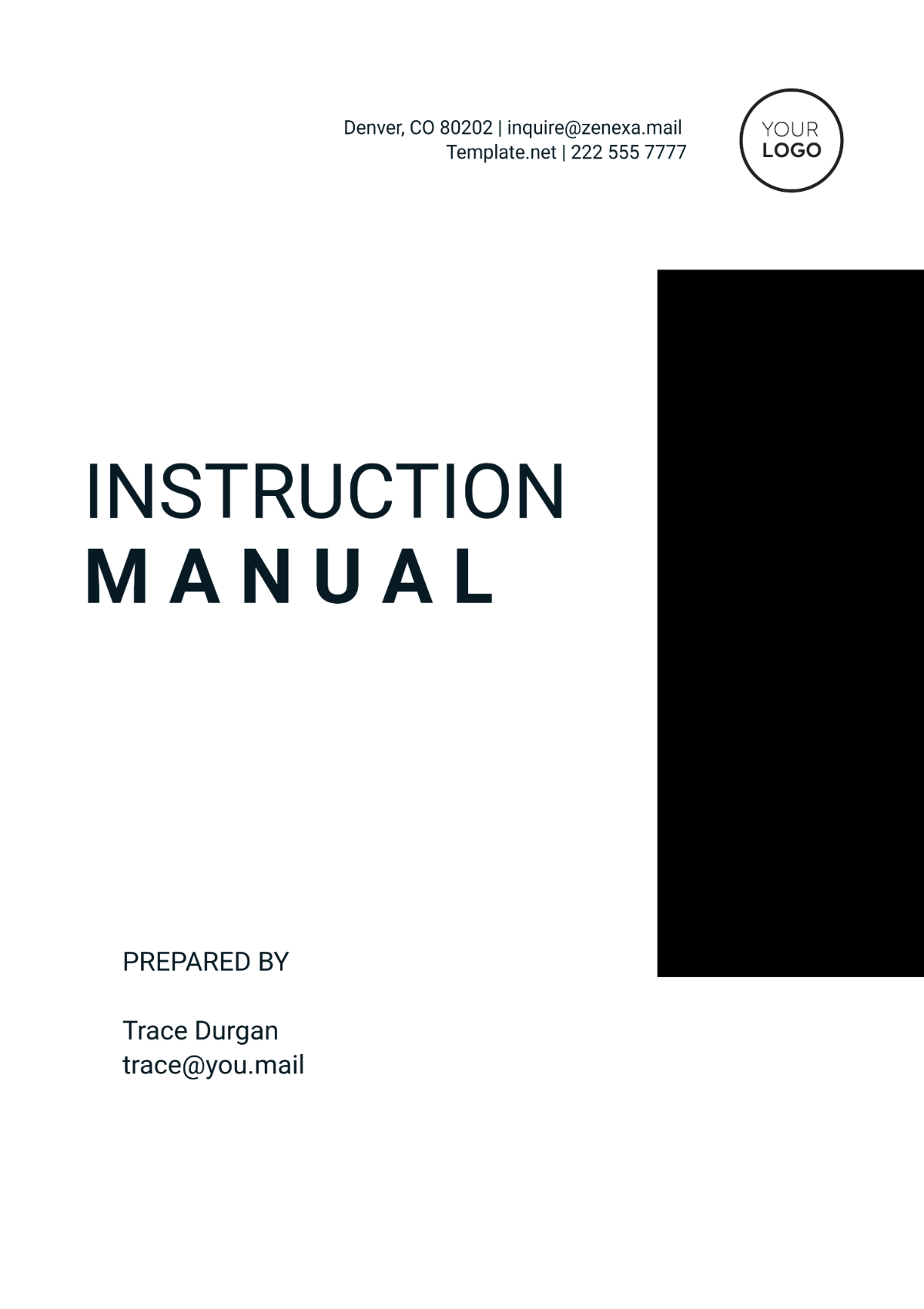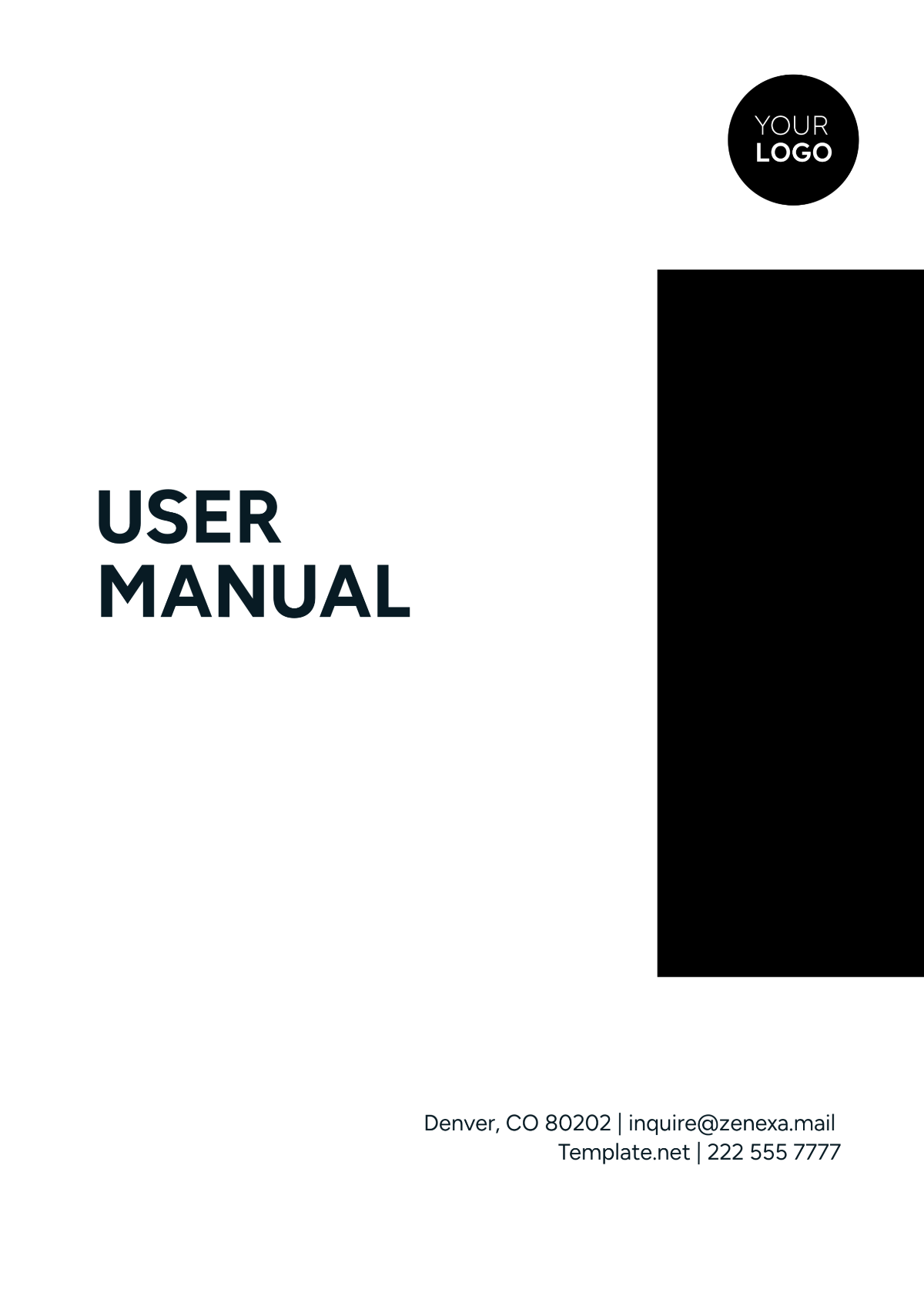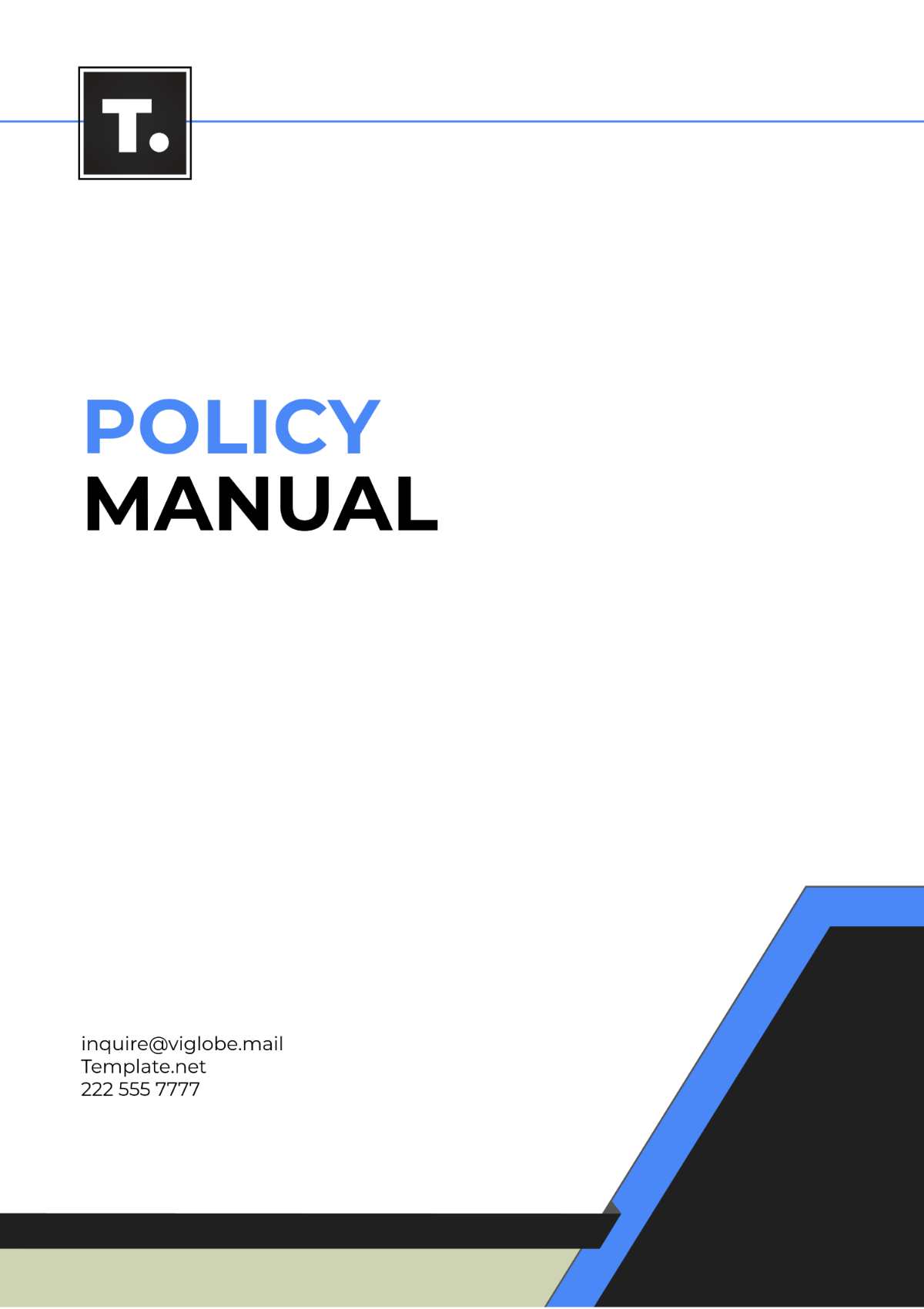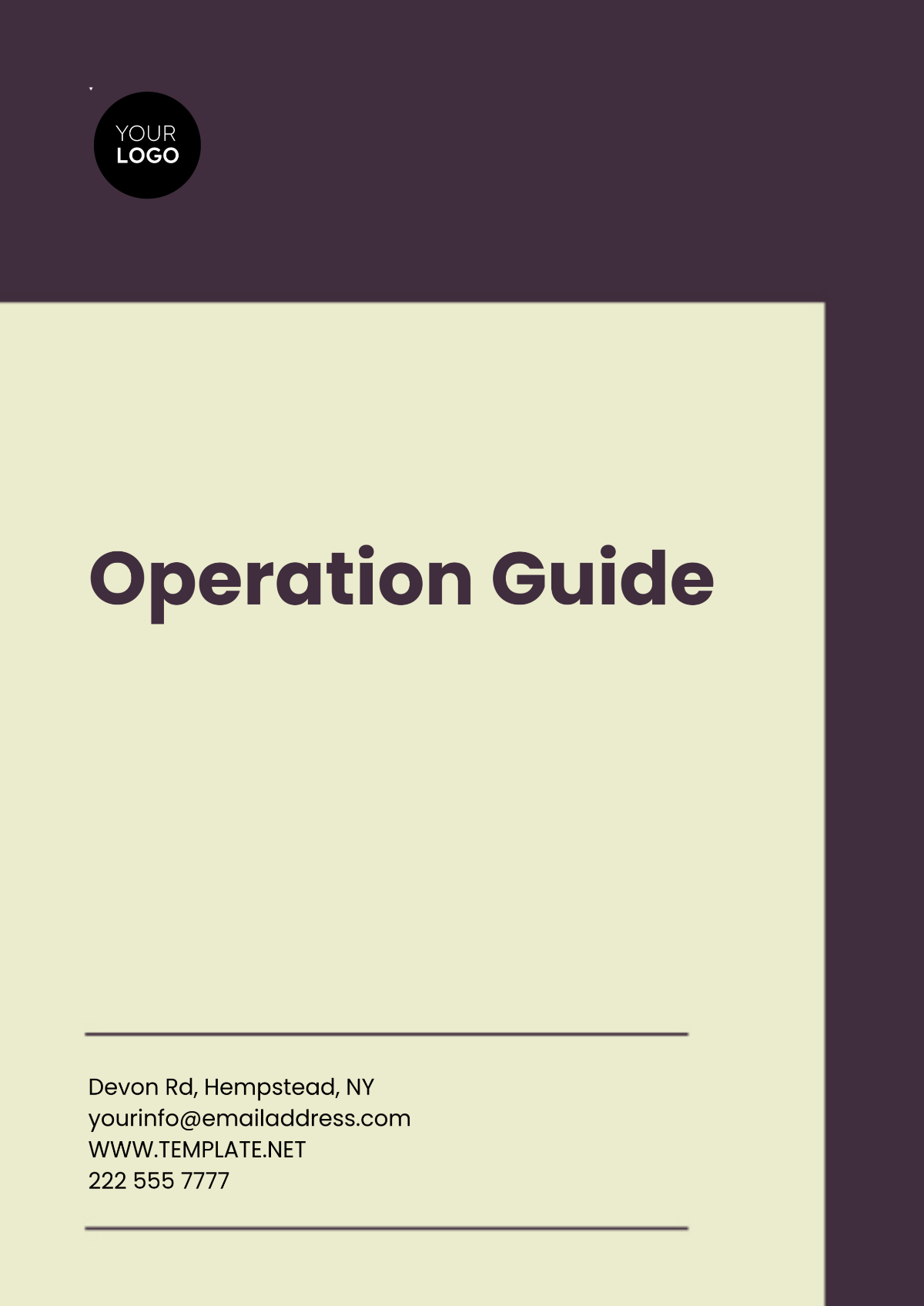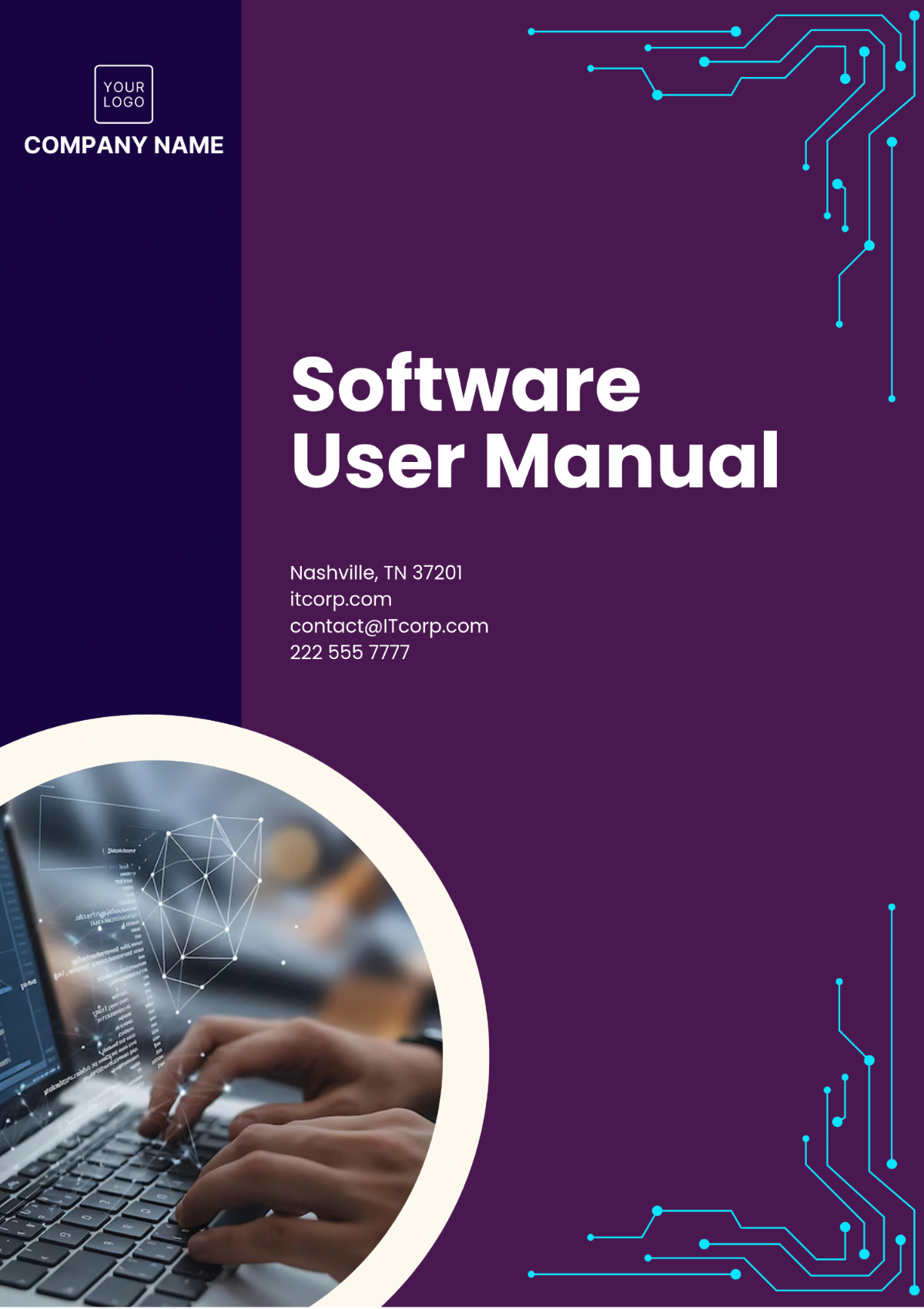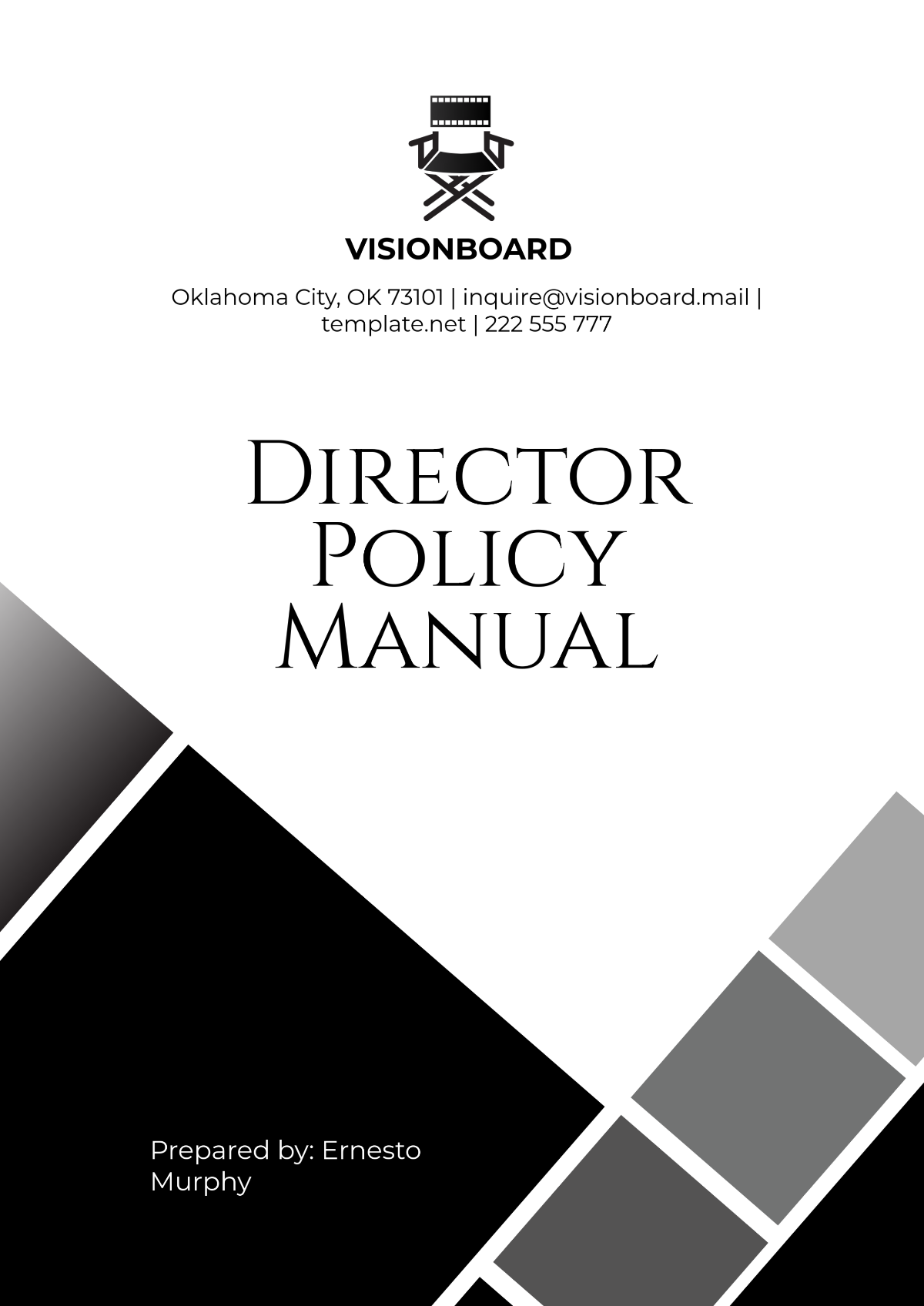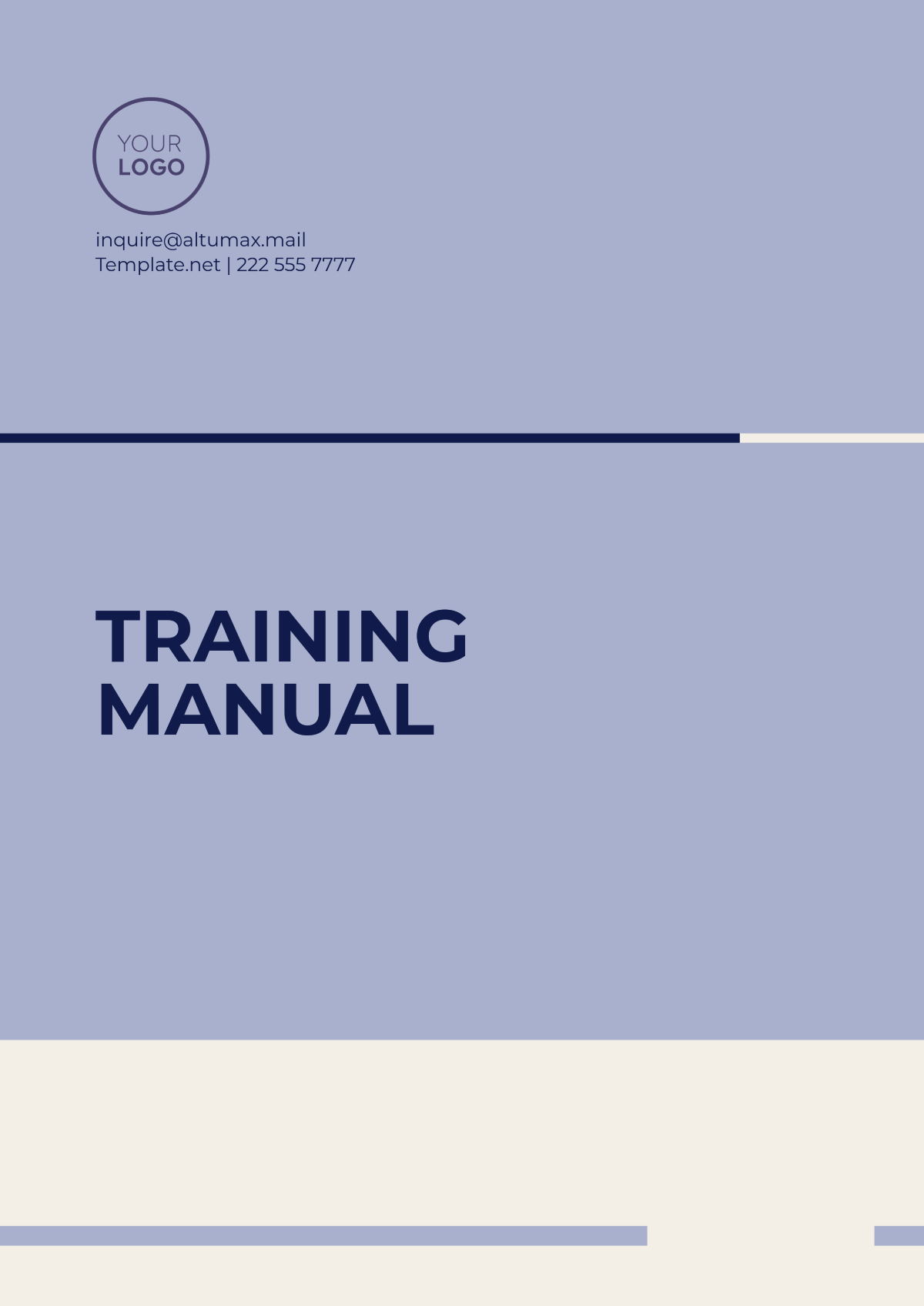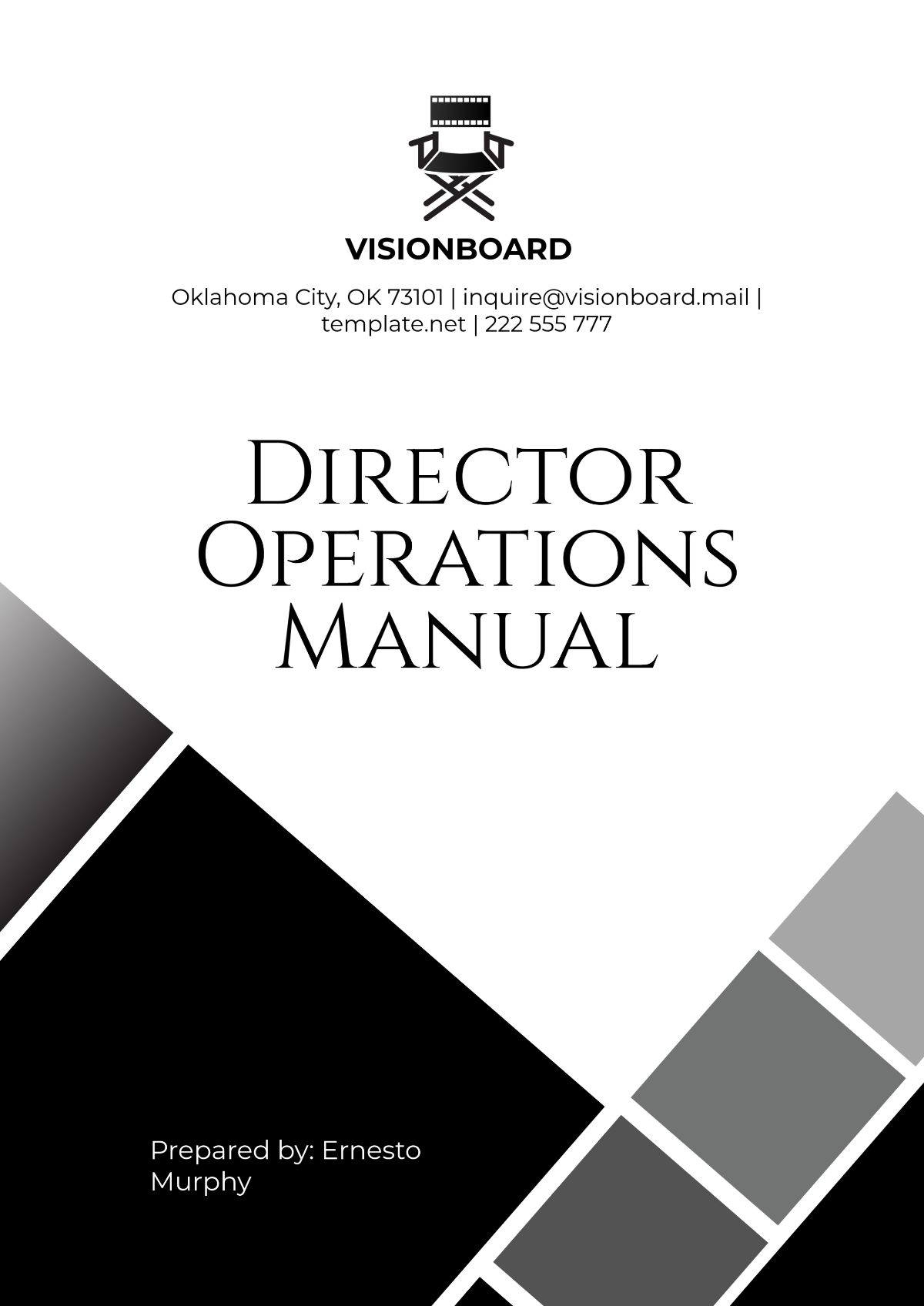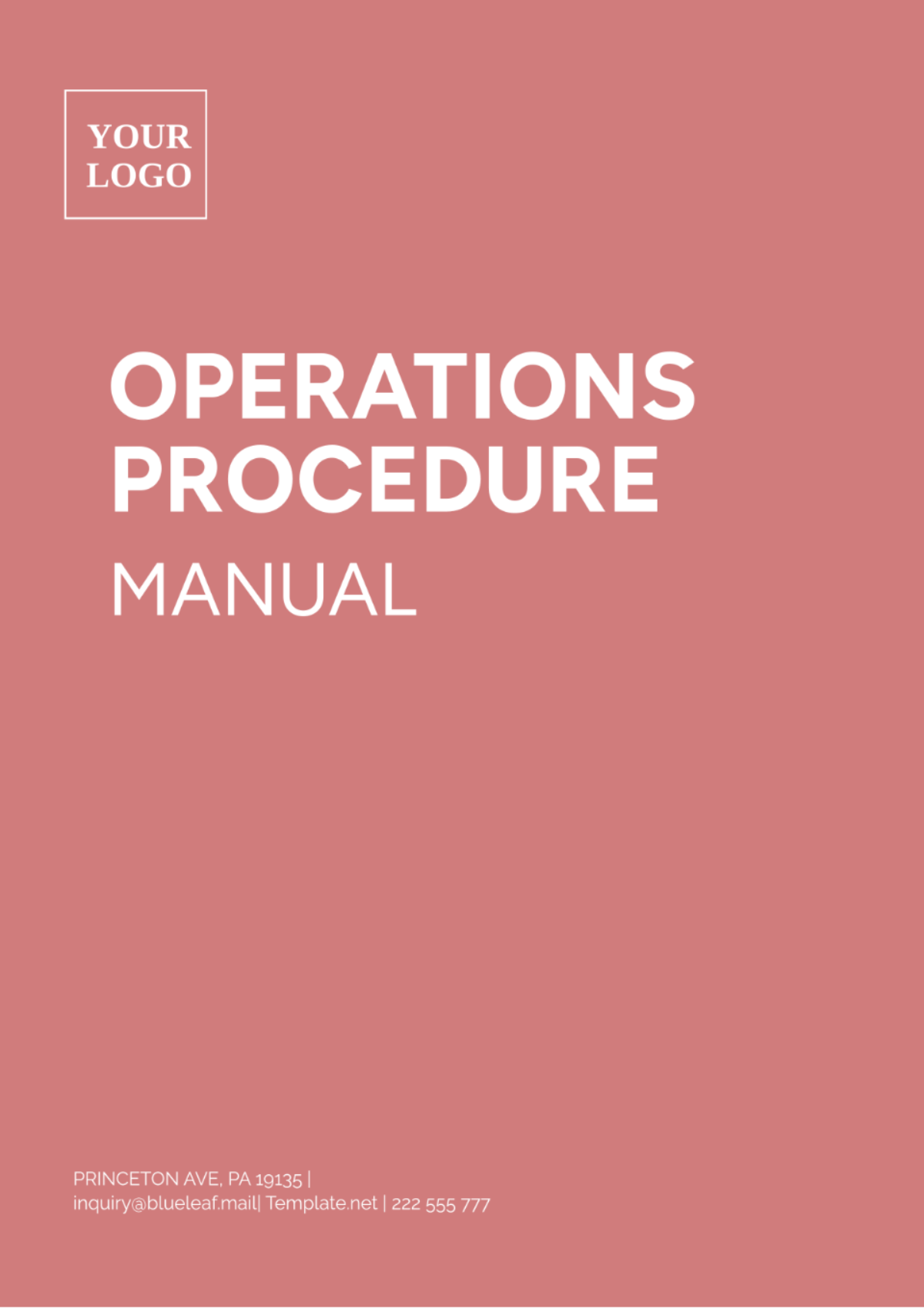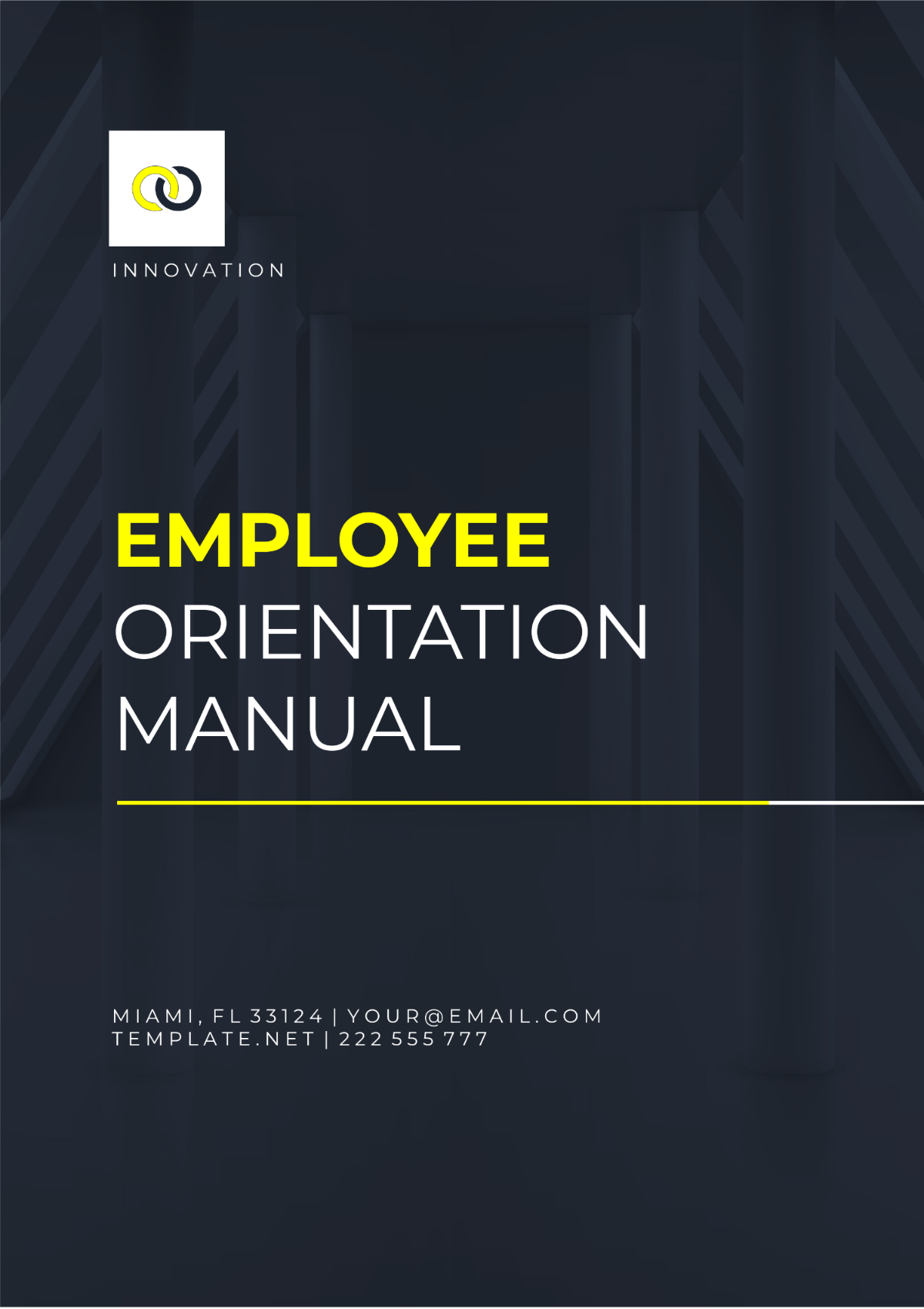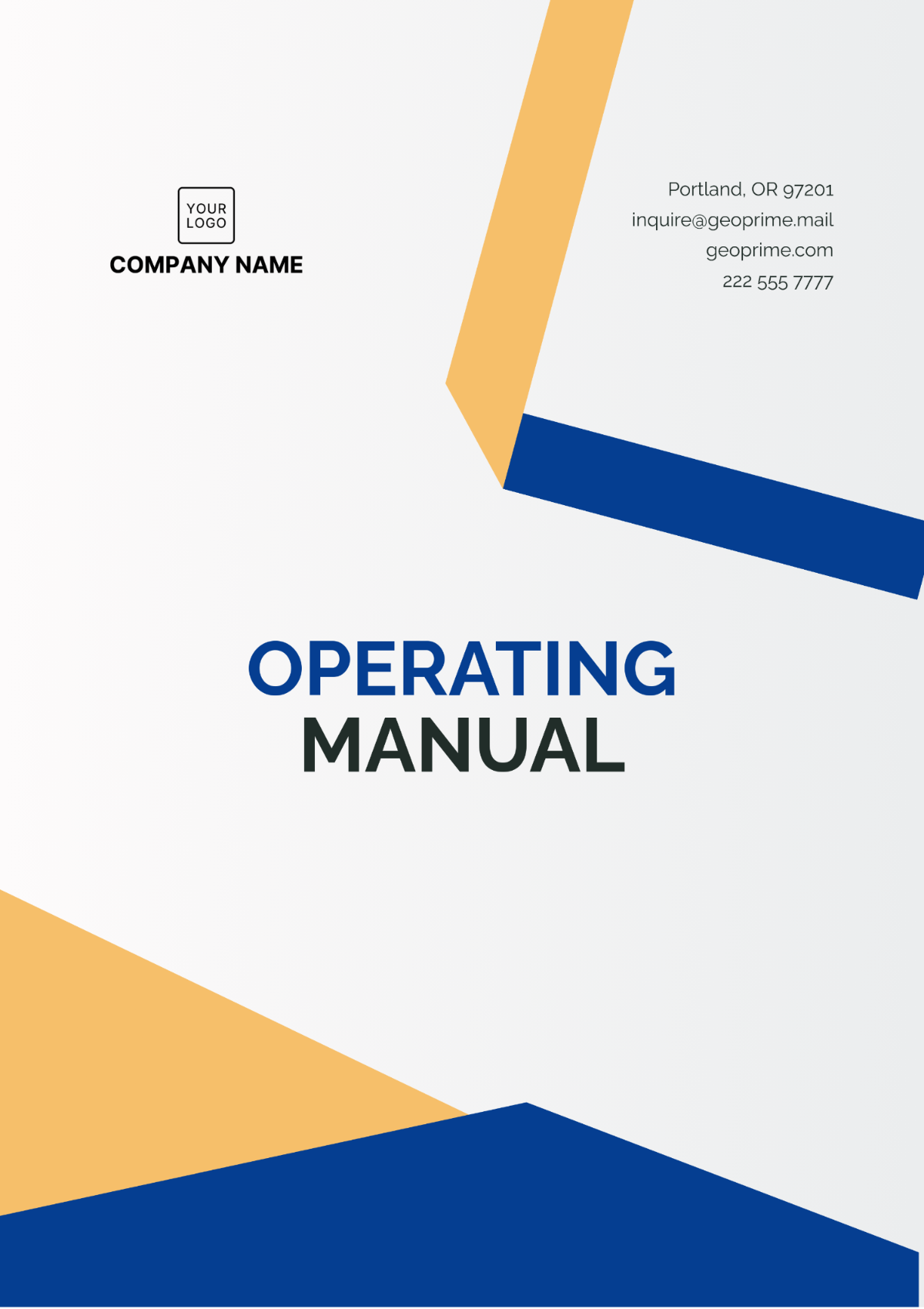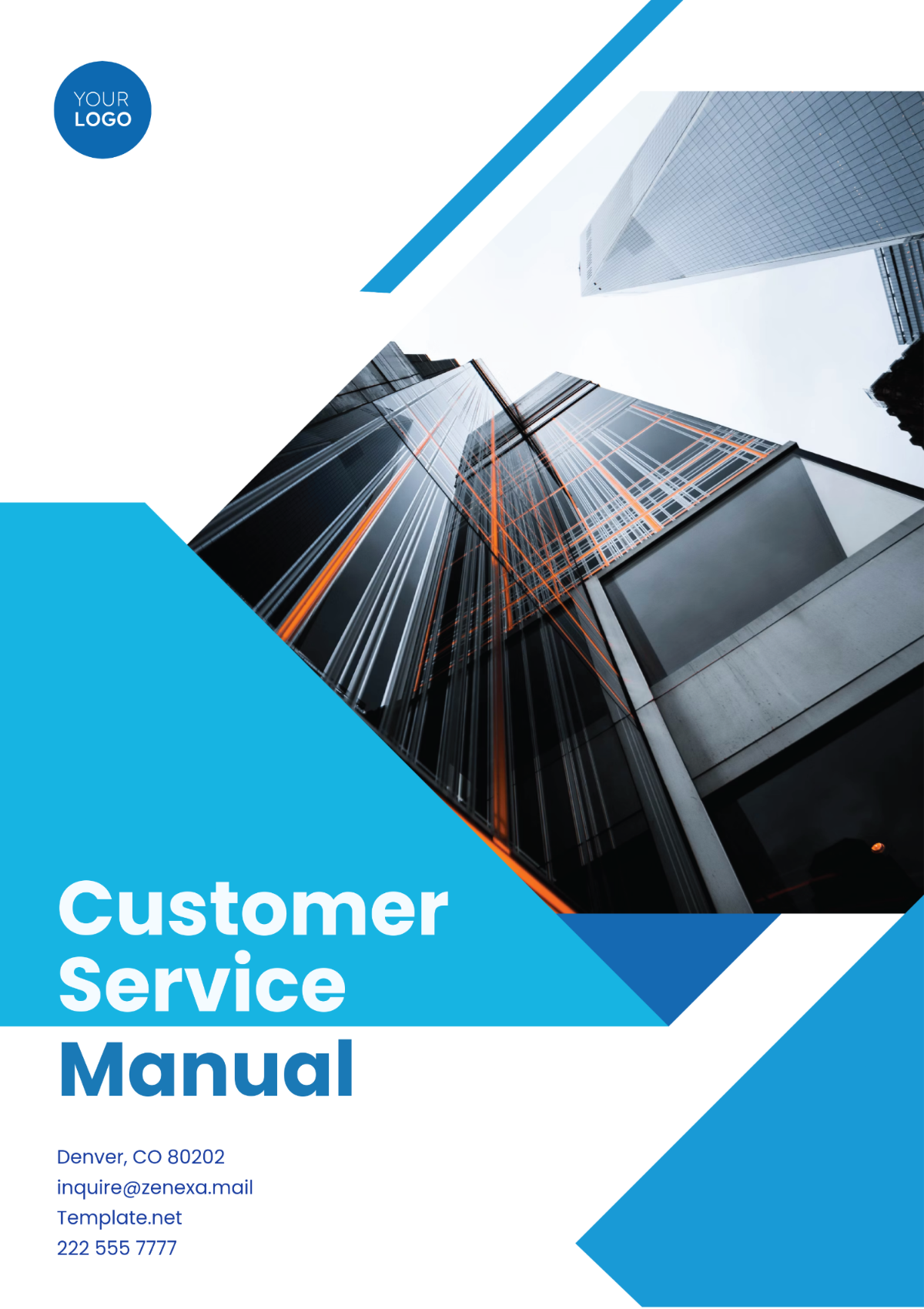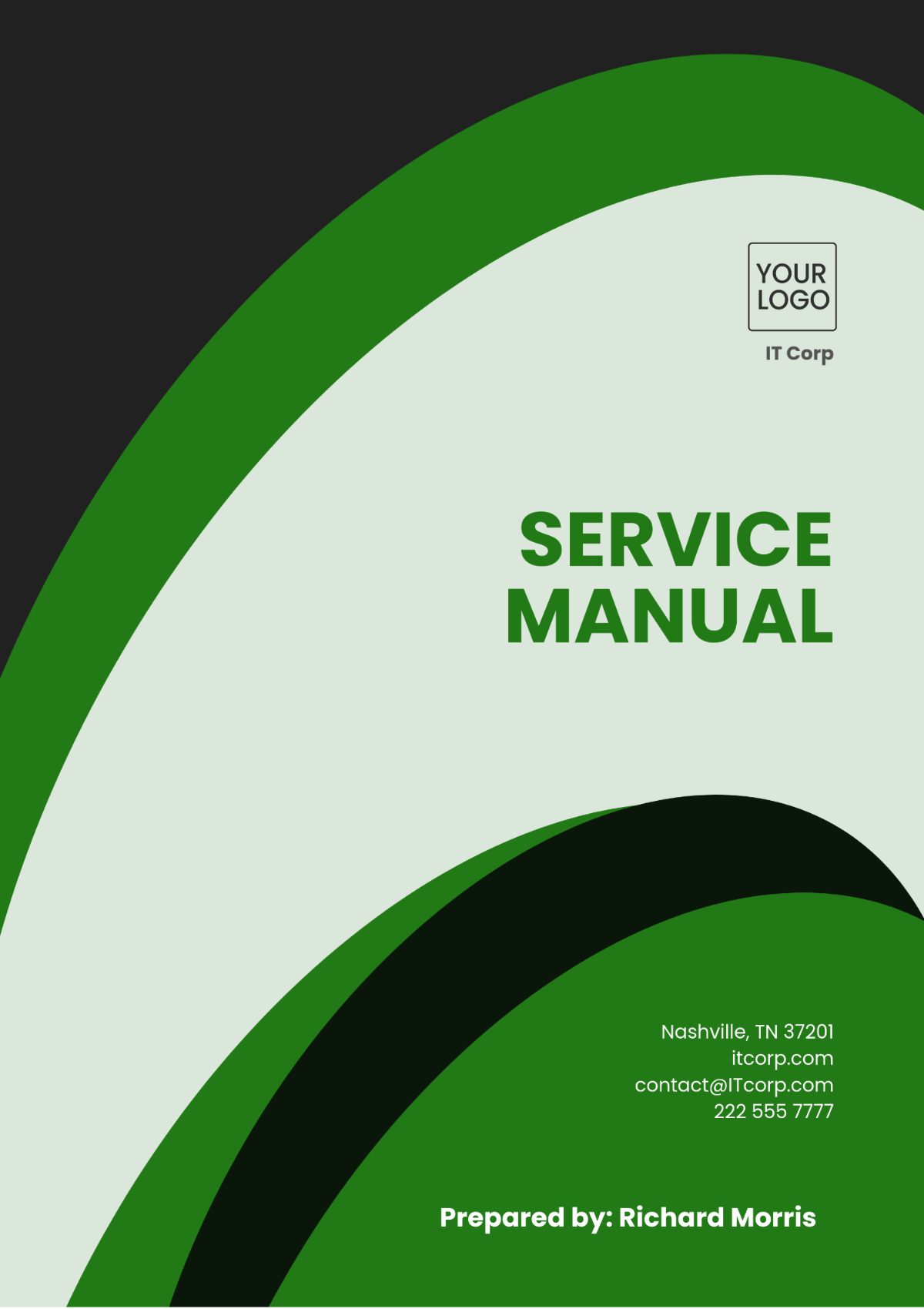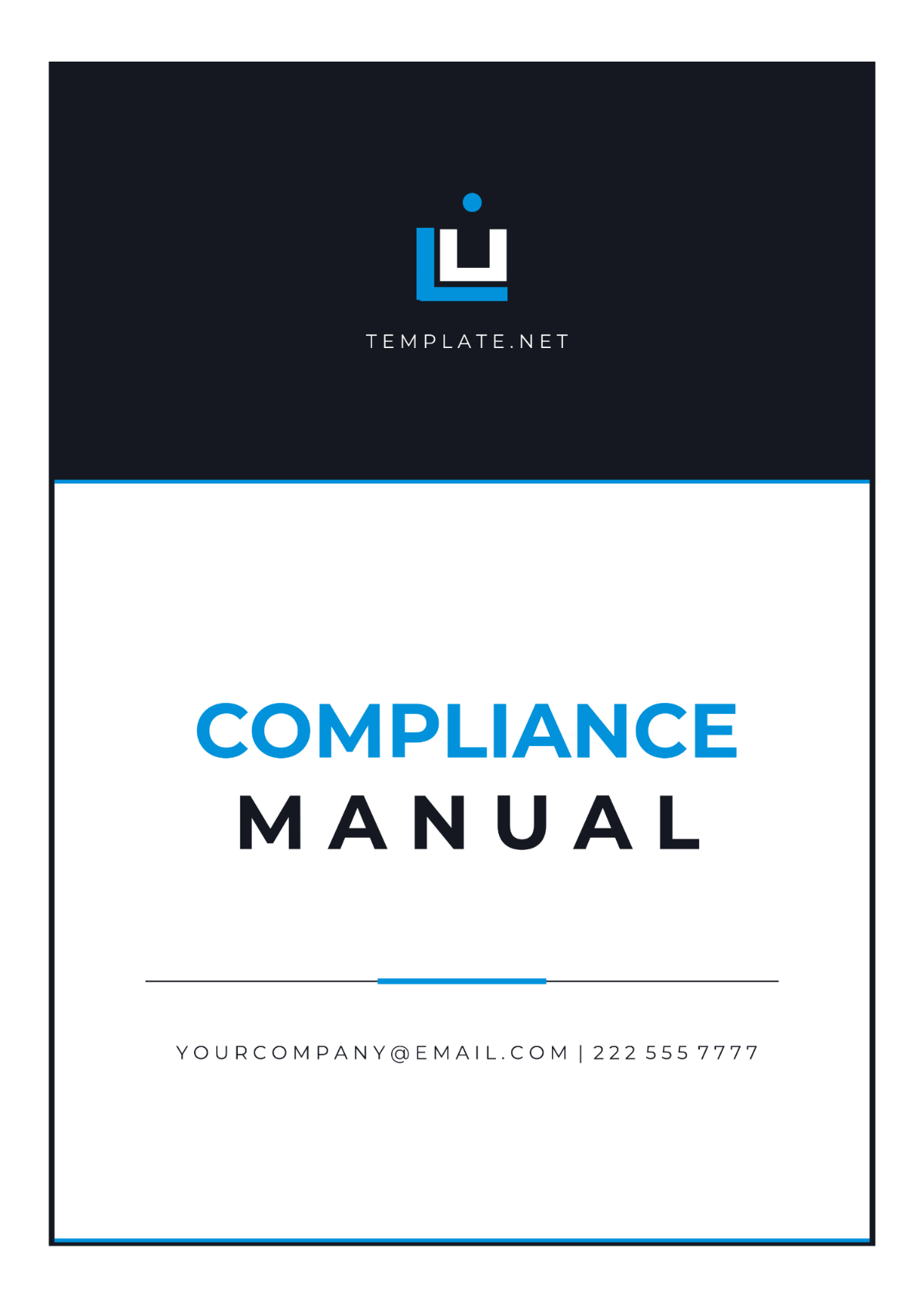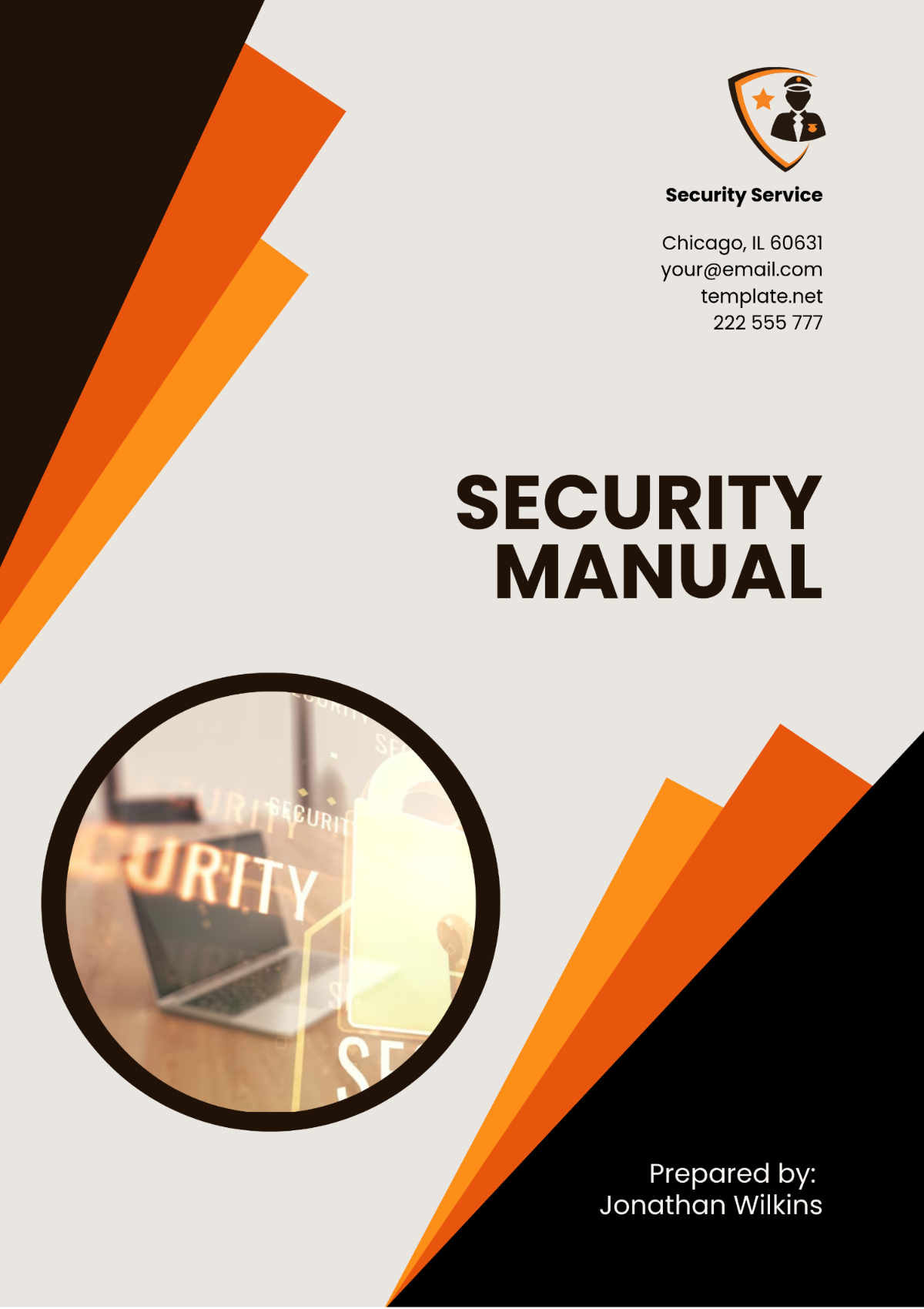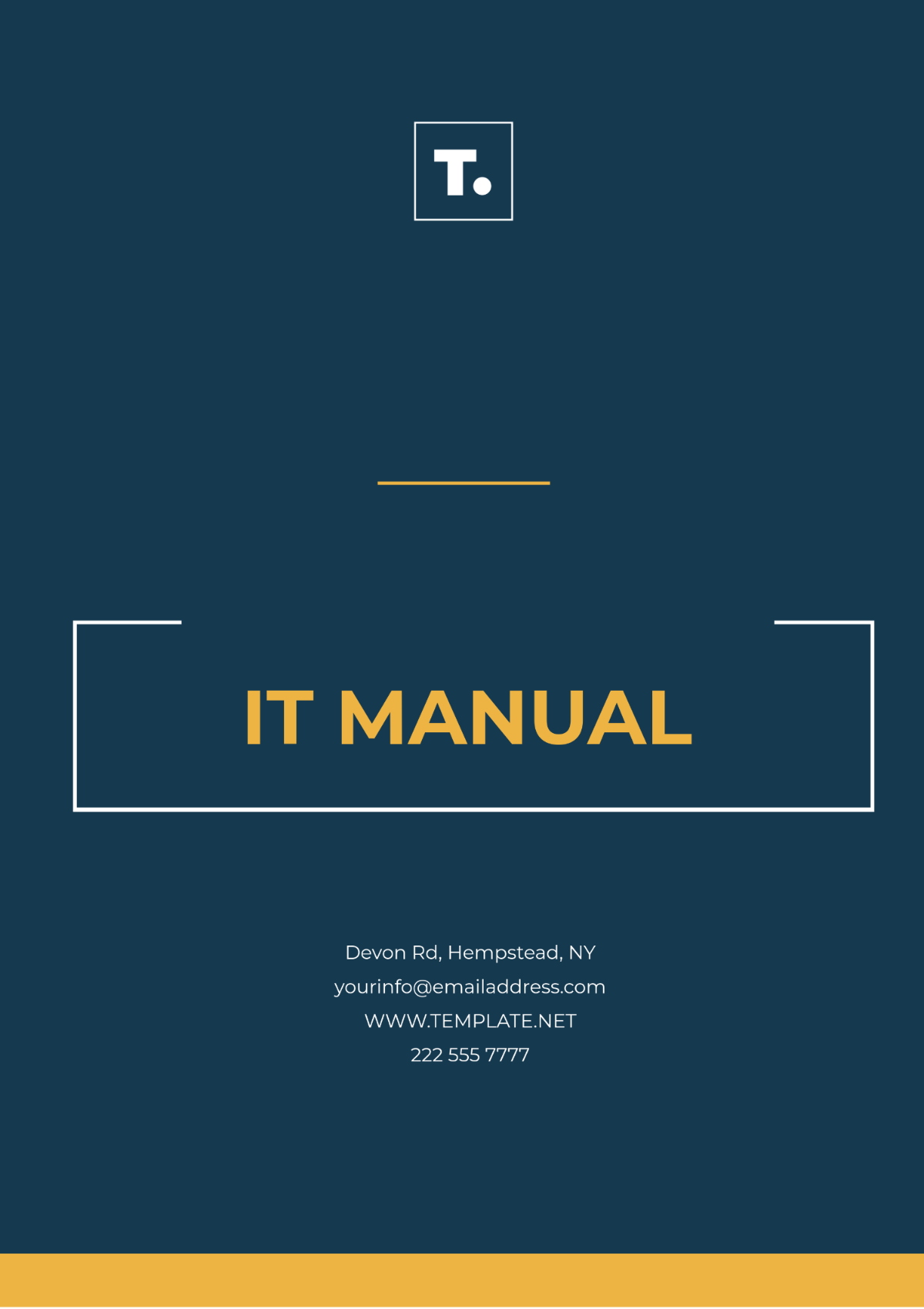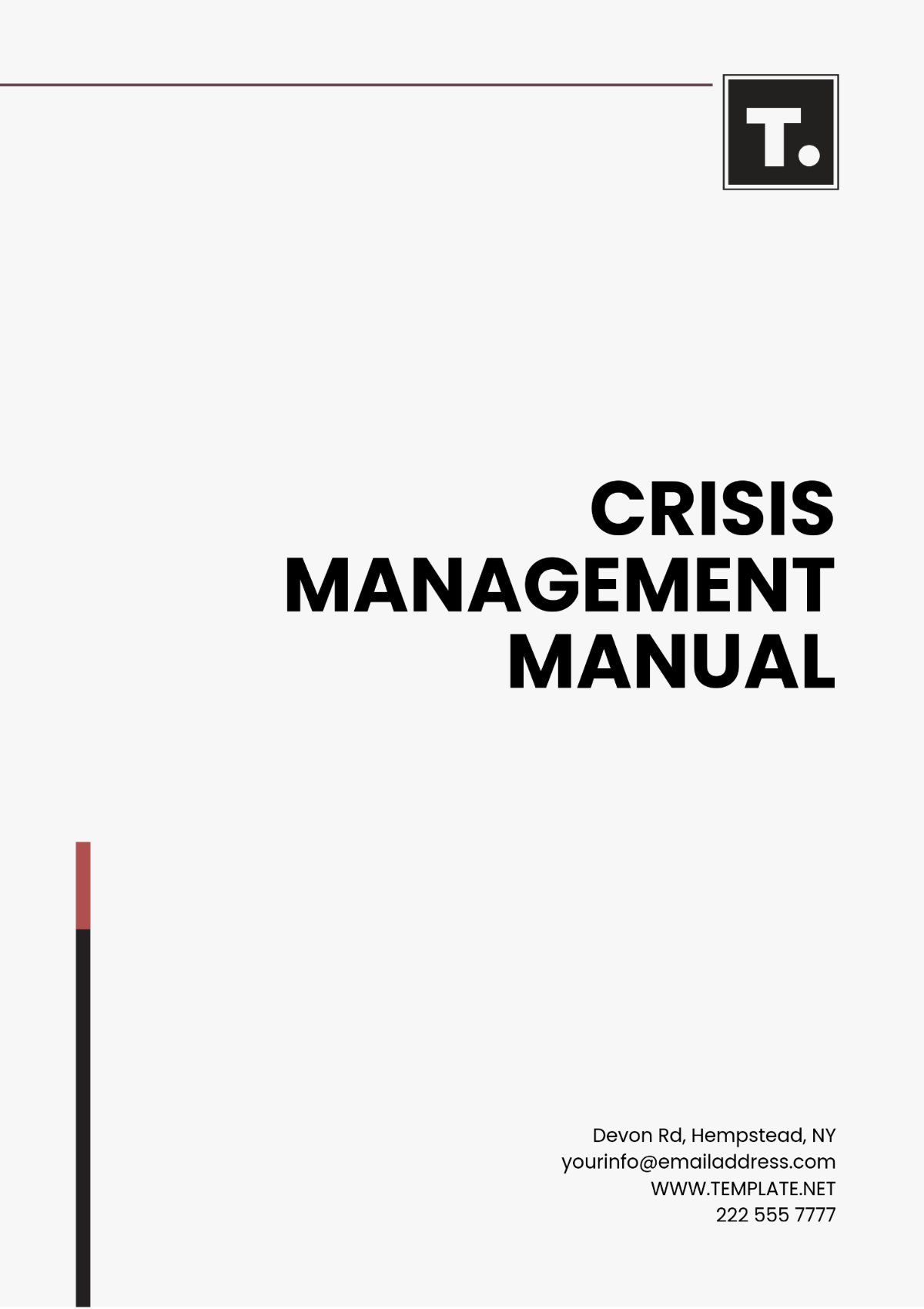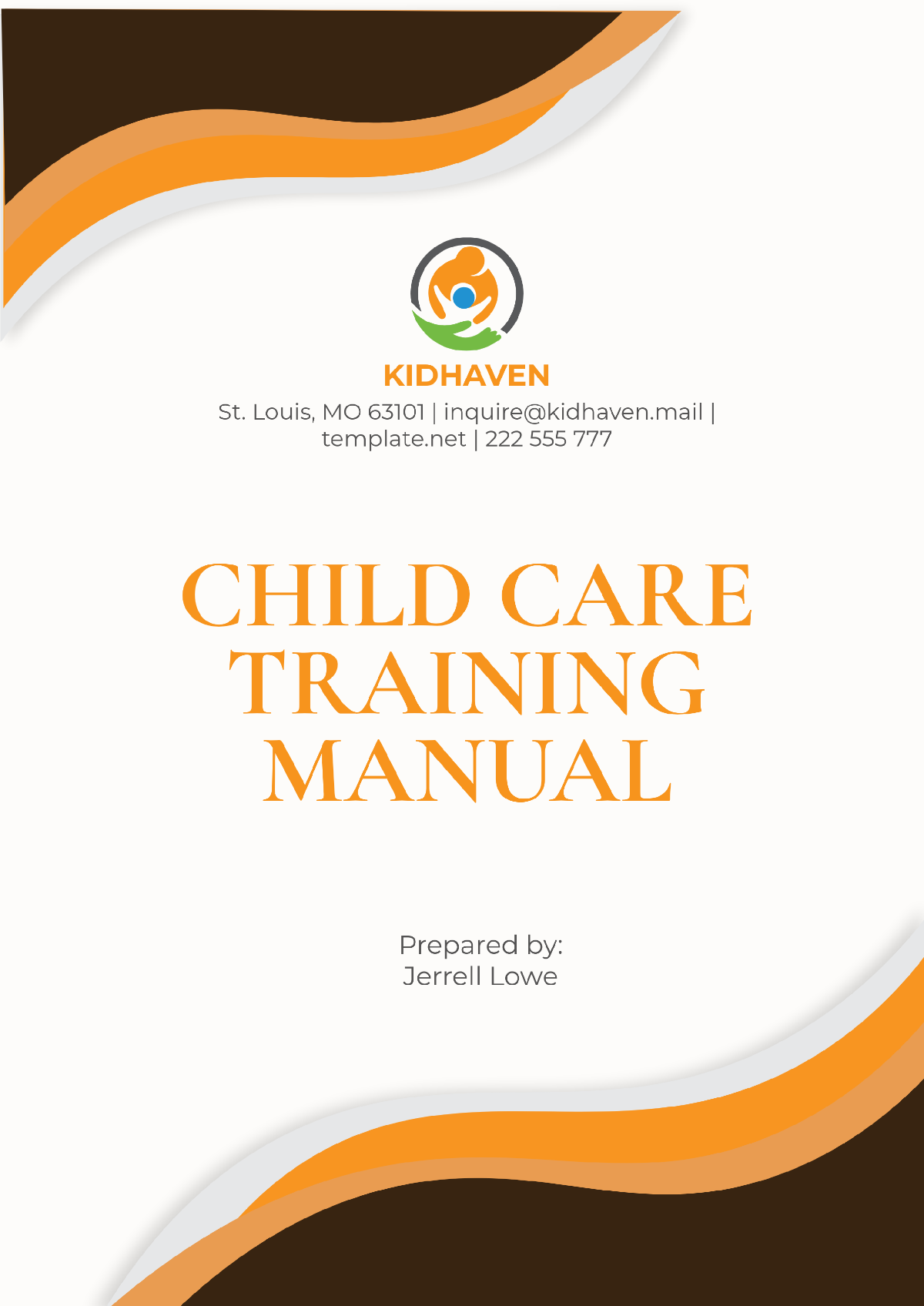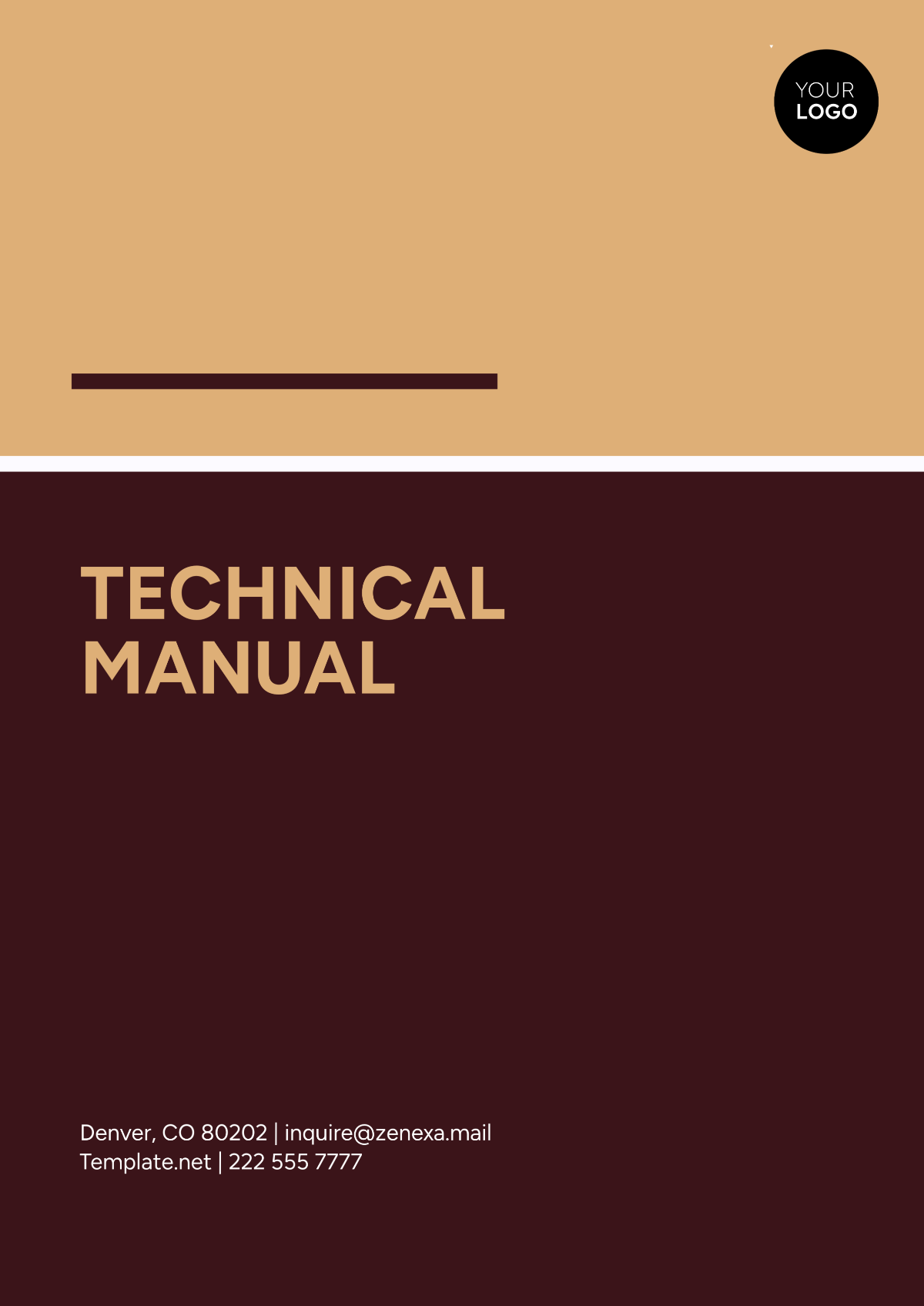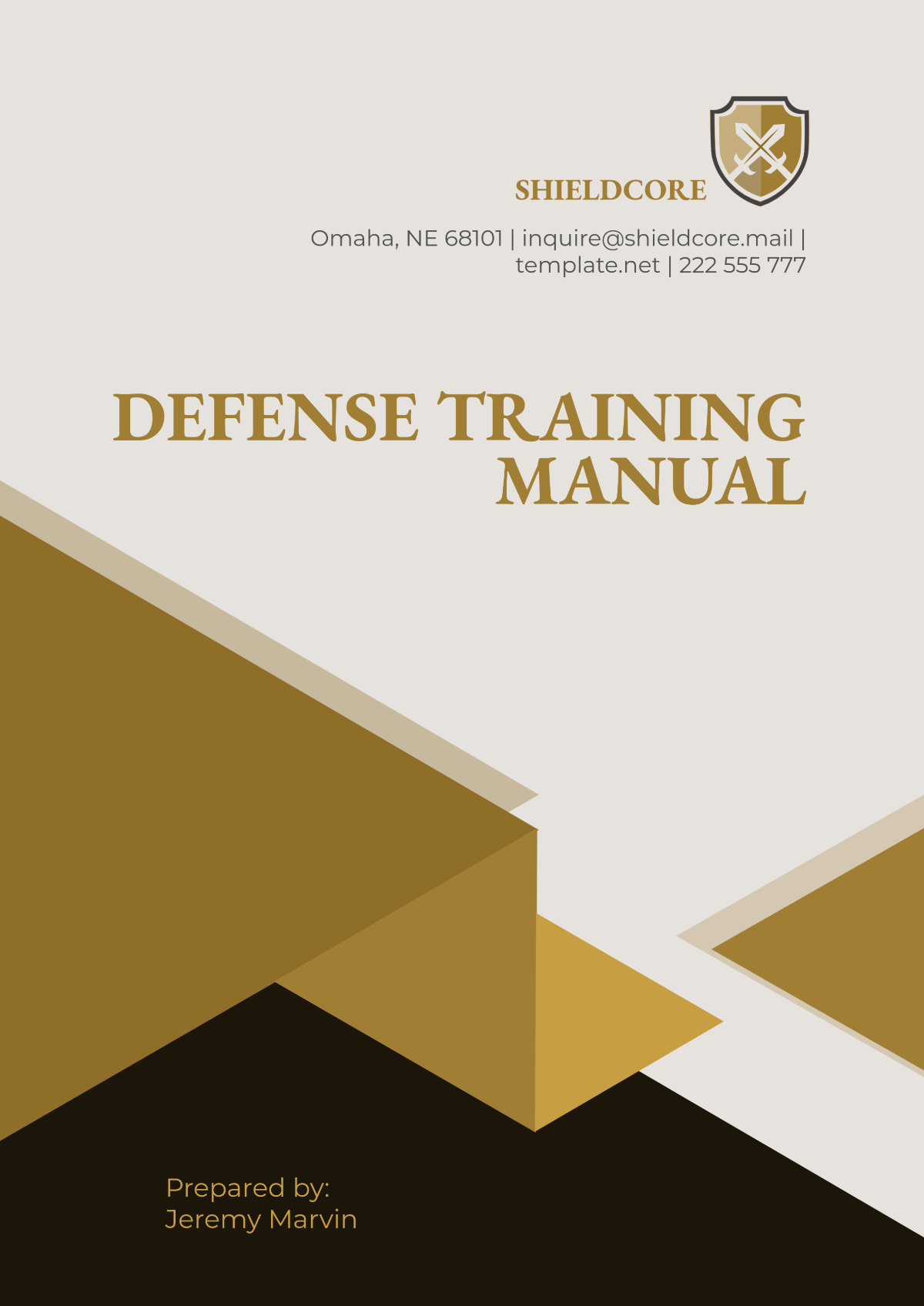Rewards and Recognition in Remote Work Settings Manual
Section 1: Introduction
In today's rapidly evolving work environment, remote work has become increasingly prevalent. As an organization committed to the well-being and engagement of our employees, we recognize the importance of establishing effective rewards and recognition programs in remote work settings. This manual outlines our approach to fostering a positive remote work culture through rewards and recognition.
Section 2: Purpose
The purpose of this manual is to provide guidelines and best practices for designing, implementing, and managing rewards and recognition programs tailored to remote work settings. We aim to boost employee morale, motivation, and productivity while maintaining a strong sense of connection and appreciation among remote teams.
Subsection 2.1: Objectives of Remote Rewards and Recognition
These objectives encompass boosting employee morale, enhancing productivity, and fostering a sense of belonging among remote teams. By setting clear goals, we ensure that our recognition efforts align with the overarching mission and values of our organization, creating a positive and purpose-driven remote work culture.
Subsection 2.2: Benefits of Effective Remote Rewards and Recognition
Here, we delve into the numerous benefits of implementing effective rewards and recognition programs for remote employees. We discuss how such programs lead to higher employee engagement, improved job satisfaction, and increased retention rates. Additionally, we share real-world examples illustrating how organizations have realized these benefits through well-designed initiatives, showcasing the tangible advantages of recognizing and appreciating remote team members.
Subsection 2.3: Scope of Application
We discuss factors such as geographical location, role, and performance metrics that determine eligibility. By clearly defining the scope, we ensure fairness and equity in our recognition efforts, making every remote employee feel valued and appreciated.
Subsection 2.4: Legal and Compliance Considerations
We discuss key issues like tax implications and data privacy regulations that may affect these programs. By staying informed and compliant with relevant laws and regulations, we mitigate potential risks and uphold the integrity of our recognition initiatives.
Section 3: Principles of Remote Rewards and Recognition
Now we define the fundamental principles that guide our approach to rewards and recognition in remote work settings, emphasizing fairness, inclusivity, and alignment with our organizational values.
Subsection 3.1: Fairness and Equity
We aim to ensure that all team members, regardless of their location or role, have equal opportunities to be recognized. This approach fosters a culture of inclusion and ensures that remote workers are not overlooked or disadvantaged in the recognition process.
Subsection 3.2: Inclusivity and Diversity
We recognize and celebrate the unique backgrounds, cultures, and perspectives of remote team members. By embracing diversity, we create a more vibrant remote work environment that values every individual's contributions.
Subsection 3.3: Alignment with Organizational Values
Our remote rewards and recognition programs align with the core values and culture of our organization. We reinforce these values, emphasizing the importance of values-driven recognition in strengthening remote work culture and employee engagement.
Subsection 3.4: Transparency and Communication
Clear and open communication about recognition criteria, processes, and outcomes. By maintaining transparency, we build trust among remote employees, ensuring that they understand and appreciate the recognition they receive.
Section 4: Types of Remote Rewards and Recognition
Explore various types of rewards and recognition suitable for remote employees, including monetary incentives, non-monetary rewards, and social recognition. These insights aim to help HR professionals and managers make informed decisions.
Subsection 4.1: Monetary Incentives
Bonuses, commissions, and stipends can motivate remote workers and reward exceptional performance. By incorporating the strategic use of monetary rewards, we aim to help the company to make informed decisions about when and how to leverage financial incentives effectively in remote work settings.
Subsection 4.2: Non-Monetary Rewards
We present creative non-financial recognition options such as extra time off, personalized thank-you notes, and opportunities for professional development. Through this, we underscore the psychological benefits of non-monetary recognition and its role in fostering a positive remote work culture.
Subsection 4.3: Social Recognition and Peer-to-Peer Recognition
We introduce the concept of social recognition and its significance in remote work settings. Peer-to-peer recognition programs are important to create a sense of community and camaraderie among remote teams. By implementing social recognition initiatives we can further celebrate achievements and contributions among remote employees.
Subsection 4.4: Special Occasion and Milestone Rewards
Celebrating special occasions and milestones in the lives of remote employees are important. We aim to recognize birthdays, work anniversaries, and personal achievements in remote work settings. This is to ensure establishing a culture of celebration that connects remote team members on a personal level, even from afar.
Section 5: Designing Remote Recognition Programs
We aim to create effective recognition programs tailored to remote teams. This part covers program objectives, criteria, nomination processes, and frequency of recognition.
Subsection 5.1: Program Objectives and Goals
Our goals must align well with the organization's broader strategic priorities, ensuring that recognition efforts contribute meaningfully to the company's success. By setting specific program objectives, organizations can measure their progress and impact effectively.
Subsection 5.2: Nomination and Selection Process
The company emphasizes that both managers and employees can submit nominations through filling out the company’s nomination form. By offering a systematic approach to nominations, we can ensure that deserving remote employees receive recognition for their contributions while maintaining fairness and transparency.
Subsection 5.3: Frequency and Timing
Regular, spontaneous, and timely recognition is essential to maintain motivation and morale in remote teams. The company upholds a monthly and quarterly recognition. By understanding the nuances of when and how recognition should occur, organizations can create a rhythm of appreciation that keeps remote workers engaged and motivated.
Section 6: Implementing Remote Rewards Programs
Now we will delve into exploring the best practices for designing and rolling out remote rewards programs. These include budgeting, eligibility criteria, reward distribution, and communication strategies.
Subsection 6.1: Budgeting and Resource Allocation
In budgeting for rewards and recognition, we allocate financial resources effectively based on the frequency of the recognition. We aim to ensure that the rewards align with program objectives. By actively managing the budget, organizations can optimize the impact of rewards and maintain financial sustainability.
Subsection 6.2: Eligibility Criteria
Factors such as performance metrics, tenure, or role-specific requirements determine who qualifies for rewards. Active management of this eligibility criteria and update whenever needed ensures that rewards are distributed fairly and consistently across remote employees.
Subsection 6.3: Reward Distribution and Fulfillment
The practical aspects of distributing rewards to remote employees includes logistical considerations. This encompasses methods of delivery, timing, and the role of managers or HR in the fulfillment process. By actively managing these logistical details, organizations can ensure that rewards are received and appreciated as intended.
Section 7: Managing Remote Rewards and Recognition
Now we will offer guidance on maintaining and adjusting rewards and recognition programs over time, monitoring their effectiveness, and addressing potential challenges.
Subsection 7.1: Program Evaluation and Feedback
The company aims to ensure an active process of evaluating remote rewards and recognition programs. This involves gathering feedback from remote employees and stakeholders to assess program effectiveness. Actively seeking input and feedback allows organizations to make necessary adjustments and improvements.
Subsection 7.2: Adjustments and Improvements
The company encourages proactive changes to programs, such as modifying criteria, introducing new rewards, or enhancing communication strategies. Active program refinement ensures that recognition efforts remain relevant and impactful.
Subsection 7.3: Challenges and Conflict Resolution
The HR Department will actively identify, address, and resolve issues regarding the rewards and recognition. By actively managing these challenges, organizations can maintain the effectiveness and integrity of their recognition initiatives.
Subsection 7.4: Recognition Program Champions
Champions can actively promote and sustain recognition efforts by serving as advocates, role models, and facilitators. Engaging champions ensures that recognition remains a vital part of the remote work culture and actively fosters a sense of belonging among employees.
Section 8: Measuring the Impact
Understand the importance of measuring the impact of remote rewards and recognition efforts. In the following parts, we will focus on key performance indicators (KPIs) and evaluation methods to assess the success of these initiatives.
Subsection 8.1: Key Performance Indicators (KPIs)
Active measurement of key performance indicators (KPIs) for assessing the impact of remote rewards and recognition programs are crucial. The HR Department will maintain and update KPIs which includes data collection methods, and interpretation techniques. Actively monitoring KPIs allows organizations to gauge the success and effectiveness of their recognition efforts.
Subsection 8.2: Employee Surveys and Feedback
We will actively use surveys and feedback mechanisms to assess remote employees' perceptions of rewards and recognition. This is to guide designing effective surveys, actively gathering feedback, and analyzing results. Actively seeking employee input through surveys allows organizations to make data-driven decisions and continuously improve their recognition programs.
Section 9: Communication and Engagement
Effective communication is crucial in remote work settings. Here we will outline strategies for promoting rewards and recognition initiatives, fostering employee engagement, and creating a sense of belonging among remote teams.
Subsection 9.1: Communication Plan for Remote Teams
A tailored communication plan for remote teams is important. Our communication plan includes regular communication, including team meetings, updates, and virtual gatherings. Active communication plans help remote employees feel connected, informed, and engaged, fostering a sense of belonging within the organization.
Subsection 9.2: Employee Engagement Initiatives
We have in place active employee engagement initiatives specific to remote work settings. These include activities like virtual team-building exercises, online social events, and the creation of employee resource groups. These actively boost morale, enhance team cohesion, and encourage remote employees to actively participate in the organization's culture.
Subsection 9.3: Celebrating Remote Achievements
It is crucial to celebrate remote team achievements. The company emphasizes celebration of remote employees’ milestones, project completions, and individual successes. Active celebration creates a positive work atmosphere, motivates remote employees, and reinforces a culture of appreciation.
Subsection 9.4: Recognition Platform and Technology
We also actively explore the role of technology in remote recognition efforts. This includes the use of recognition platforms and software to actively streamline the recognition process. Active utilization of technology enhances the efficiency and accessibility of recognition, making it easier for remote employees to actively participate in recognition initiatives.
Section 10: Resources and Tools
Presented below are the collection of templates, tools, and additional resources to assist HR professionals and managers in implementing and managing remote rewards and recognition programs successfully.
Subsection 10.1: Recognition Program Templates
The company offers downloadable templates for creating recognition programs, nomination forms, and communication materials. Active utilization of these templates simplifies the program setup and ensures consistency in recognition practices across the organization.
Subsection 10.2: Training and Education
We promote training and education resources for HR professionals and managers involved in remote rewards and recognition. It covers topics such as best practices, cultural sensitivity, and feedback skills. Active training ensures that those responsible for recognition initiatives are well-prepared and actively skilled in creating a positive remote work culture.
